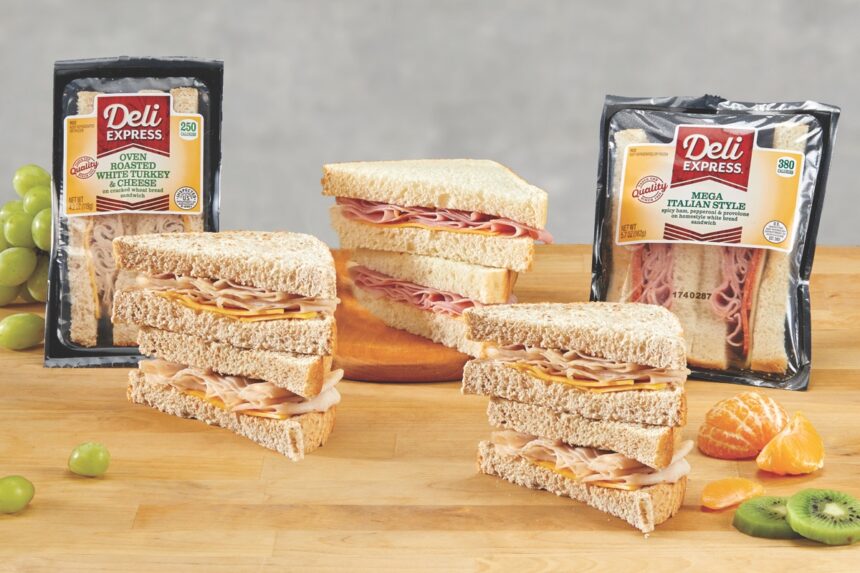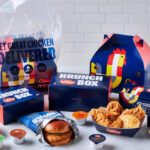A simple shift in your cold case can unlock sales across every daypart.
When it comes to foodservice profitability in convenience stores, waste is the enemy. Labor is expensive, fresh inventory is volatile, and customers expect quality at all hours. For operators navigating these headwinds, extended-shelf-life prepackaged sandwiches meet both the realities of store operations and the evolving habits of today’s on-the-go consumers.
“You’re not just serving one type of customer anymore,” says Sean Sharpe, certified category manager at Murphy USA. “There’s the instant consumable customer who says,‘Hey, I’m going to hit the kiosk and you’re going to make it fresh for me and I’m going to eat it,’ and then you’ve got the customer that comes in and says, ‘Hey, I need food for later.’ Those are your chip customers, your drink customers, your packaged goods.”
According to the National Association of Convenience Stores (NACS), one in four gas customers (25 percent) who go inside the store say they purchased a sandwich or meal. With 30-day shelf-life packaging powered by modified atmosphere packaging, E.A. Sween helps convenience store operators keep shelves full, cut food waste, and stretch limited labor without compromising on that quality sandwich or meal guests are looking for.
“Instead of needing staff to prep fresh items every single day, we have products that are always ready,” Sharpe says. “They stay fresh, they present well thanks to the packaging, and customers can grab them whenever they want.”
That kind of impact is especially critical now. “Convenience stores are always challenged with labor,” Sharpe says. “With products like E.A. Sween, you can receive them, stock the shelf, and rely on them to stay fresh for an extended period. That 30-day shelf life makes a big difference.”
E.A. Sween’s modified atmosphere packaging extends shelf life by eliminating oxygen, which microbes need to grow—slowing spoilage and keeping products tasting fresher longer. But operators aren’t just looking for longevity. They crave options that look and taste great too.
“Customers always eat with their eyes first. Something that looks good in packaging will make them more willing to try it. That’s the first step,” Sharpe says. “Now that the product has them wanting to try it, they open it, and bite, and immediately recognize it’s a quality piece of bread, has flavor and even high protein.”
According to NACS, prepared food jumped 12.2 percent in sales to $51,500 per store per month, making it the No. 1 in-store sales category. But, the visual consistency of E.A. Sween’s offerings may even help operators improve merchandising across all dayparts. “You line up a shelf with their wraps, burgers, burritos, and sandwiches, and it’s a uniform, good-looking case,” Sharpe says. “That drives sales even further, all day long.”
That balance between convenience and freshness is exactly why prepackaged items don’t compete with fresh food programs—they complement them. “You’ve got two types of customers walking into your store: the one who wants something fresh, made-to-order, and the one who needs something they can eat later,” Sharpe says. “Once retailers understand that they’re serving both, it becomes clear these programs can—and should—coexist. They’re not cannibalizing each other. They’re meeting different needs.”
Sharpe says the takeaway is simple: “You have fresh customers and you have packaged-food customers. Both are walking into your store. If you’re not serving both, you’re leaving money on the table.”
Learn more about how E.A. Sween’s grab-and-go solutions can elevate your foodservice program by visiting their website.
By Drew Filipski







